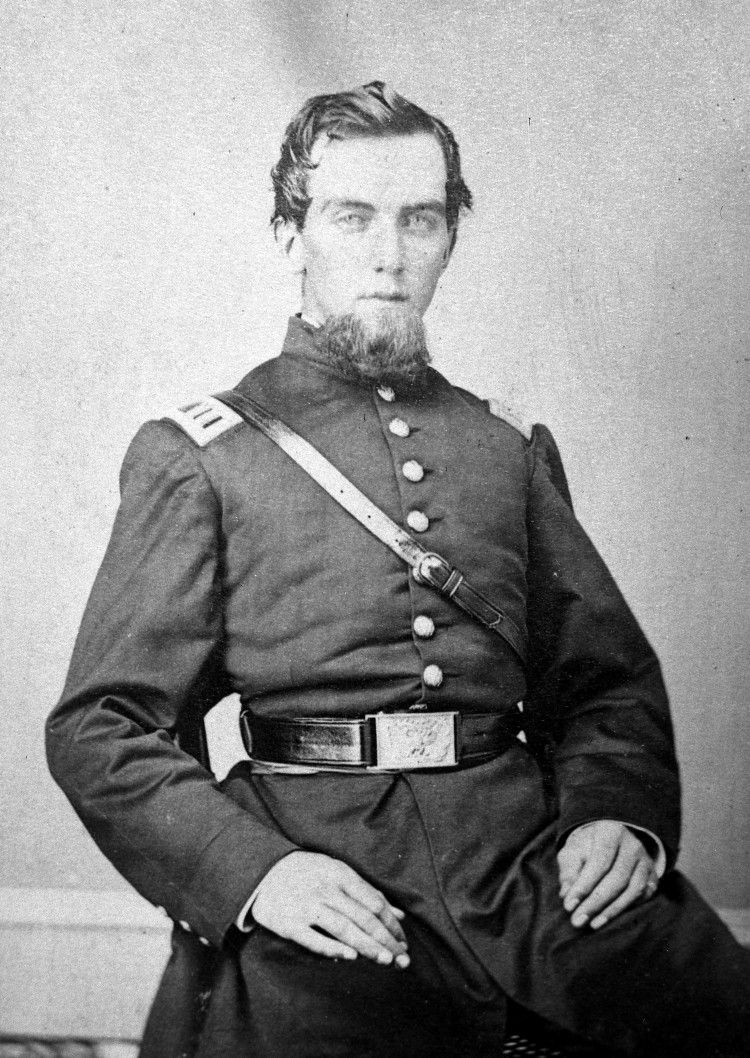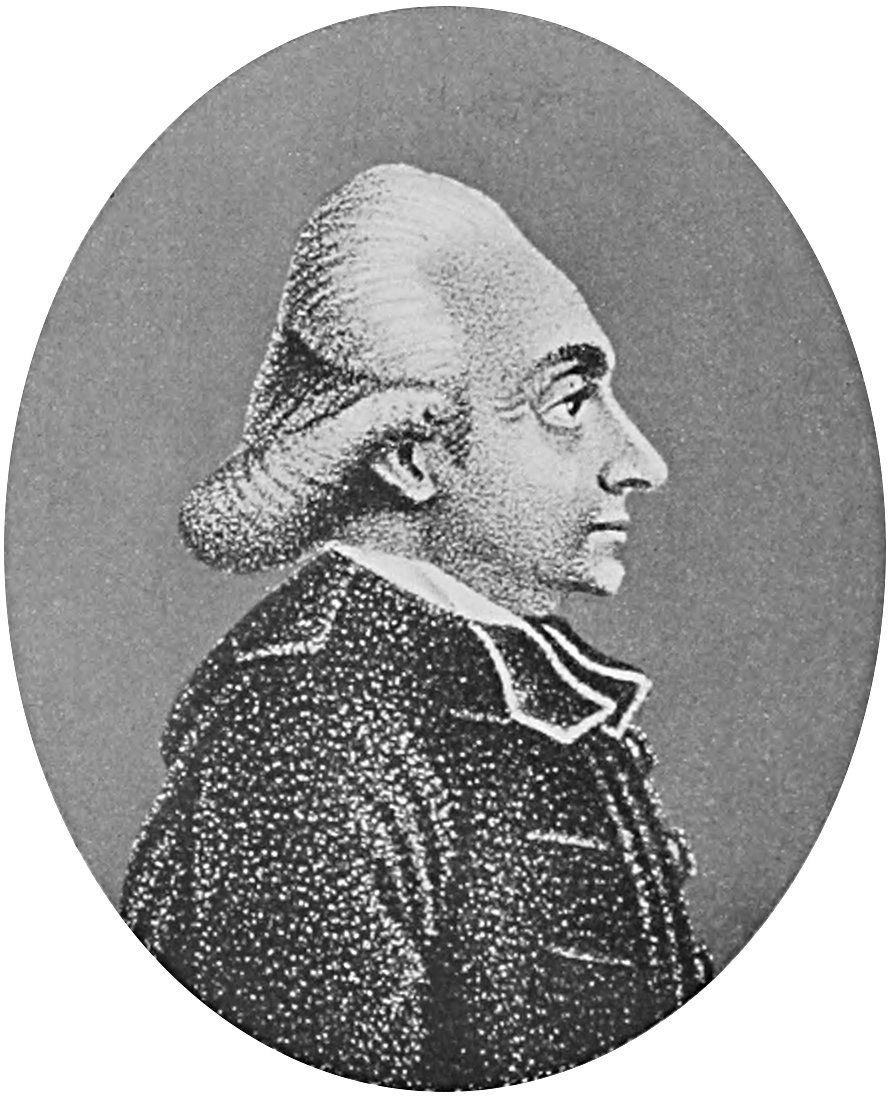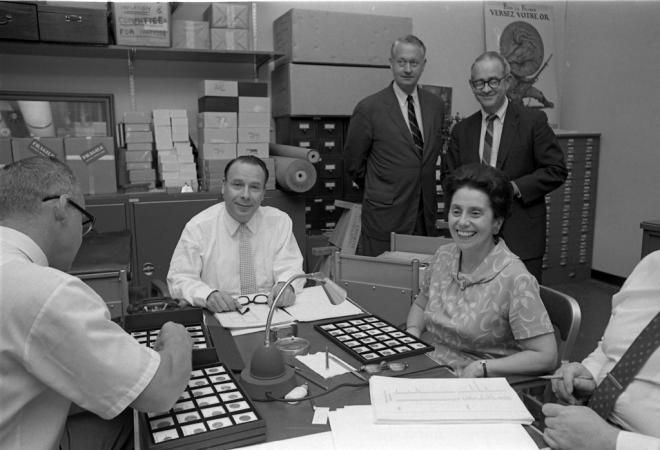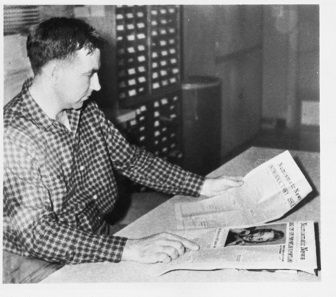5 Influential Numismatists You Should Know

The 5 Most Influential Numismatists in History
Coins. They jingle in our pockets, bear the weight of centuries, and, sometimes, share secrets of times long gone. But who are the legends behind this quiet fascination? Let's dive deep into the world of numismatics and uncover the giants whose passions have shaped it.
Augustus B. Sage (1827–1902)
Introduction:
Augustus B. Sage is not merely a footnote in the numismatic annals but a towering figure whose influence resonates vibrantly. Celebrated as the "Father of American Numismatics," Sage wasn't merely infatuated with coins; he revolutionized their study in America.
And it wasn’t just a mere passion; he solidified his commitment by becoming a founding member of the American Numismatic and Archaeological Society in 1864, an institution that laid down robust foundations for the future study of coins and medals in the country.
Achievements:
When we talk about American numismatic literature, it's impossible to overlook
The Numismatist. Initiated by Sage, this journal emerged as a leading voice, shedding light on not only American coinage but tokens and medals as well, turning them from mere curiosities to subjects of serious study. His 1869 work, "The Numismatic Manual," further showcases his dedication, as it comprehensively detailed American medals and tokens up to that period.
His tireless advocacy for early American medals and tokens set the stage for a surge in interest, understanding, and appreciation for these pieces, previously overshadowed by their more illustrious counterparts.
Legacy:
Why does America boast of a thriving numismatic tradition? One can't discuss this without mentioning Sage's indomitable influence. By the late 19th century, his endeavors, from pioneering numismatic societies to fostering emerging clubs, had rooted the hobby deeply in American soil. Furthermore, he organized the first convention of American numismatists in 1860 in New York City, an event that underscored the significance of this field and created a platform for enthusiasts to congregate, share, and learn.
Through Sage’s tireless efforts, what once was a niche interest transformed into a full-fledged academic pursuit. His spirit, immortalized through his works and the institutions he was part of, continues to inspire and guide numismatists in the nation and beyond.
Joseph Eckhel (1737–1798)

Introduction:
In the annals of numismatic history, certain names resonate with particular strength. Joseph Eckhel stands tall among them, often referred to as the "father of numismatics." This Austrian scholar didn't merely collect or categorize coins; he revolutionized the way we study them, laying foundational principles that continue to guide numismatists. But what kindled Eckhel's passion for these tiny metal discs, and how did he turn it into an enduring legacy?
Achievements:
Eckhel's magnum opus, "Doctrina Numorum Veterum," is not just a collection of observations. It's a rigorous, systematic treatise on ancient coins from various civilizations, spanning from the Greeks to the Romans. Within its pages, Eckhel doesn't just describe; he analyzes, tracing the lineage of coinage, understanding their iconography, and deciphering their historical significance.
But his genius wasn't confined to mere descriptions. He established a scientific methodology for the classification and study of coins, which was a game-changer for numismatic research. Why was this method so revolutionary? Because, for the first time, there was a coherent, structured approach to understanding the rich tapestry of human history through coins.
Legacy:
Beyond his writings, Eckhel's influence permeated academic institutions. His role as the director of the coin cabinet at the Court Library in Vienna cemented his position as a leading light in European numismatics. But Eckhel's reach wasn't limited to Austria. Scholars from across Europe sought his insights, making him a linchpin in a burgeoning international community of numismatists.
Even today, when modern numismatists examine a coin, the methodologies and principles Eckhel laid down often guide their hands and eyes. His works remain not just as historical records but as guiding stars, illuminating the intricate world of numismatics for generations past and those yet to come.
Elvira Clain-Stefanelli (1914–2001)

Introduction:
Elvira Clain-Stefanelli wasn't just another numismatist in the pages of history; she was a storyteller. To her, every coin held a tale, a glimpse of a bygone era, a narrative waiting to be told. Born in Romania, her initial years of exposure to numismatics were in Europe, which deeply influenced her expansive view of coins. But how did she weave her expertise with such a rich tapestry of world history?
Achievements:
The Smithsonian Institution's National Museum of American History houses one of the most significant numismatic collections globally. And do you know who played an integral role in its curation? Elvira Clain-Stefanelli. Her role at the Smithsonian wasn't just administrative; she actively expanded the collection, ensuring it reflected diverse cultures and eras, turning it into a numismatic treasure trove.
Furthermore, her intellectual contribution to the world of numismatics is encapsulated in her masterwork, "Select Numismatic Bibliography." This isn’t just a list; it's a guide, a compendium of essential numismatic resources that scholars and enthusiasts have relied upon for years. How many can truly claim to have impacted the academic world to such a profound extent?
Legacy:
Behind many great individuals is a partnership, a symbiosis of minds and ideas. For Elvira, this partnership was with her husband, Vladimir Clain-Stefanelli. Together, this powerhouse couple worked tirelessly, significantly expanding the National Numismatic Collection, bridging gaps, and curating a collection that truly stands as a testament to world history.
But Elvira's legacy isn't confined to just tangible coins. Her writings, diligently researched and articulately penned, are akin to gospel in numismatic circles. Why? Because they aren't mere observations; they're a blend of history, culture, and numismatics, making them a beacon for anyone venturing into the realm of coin collecting. Years might have passed since her demise, but the echoes of her contributions still reverberate in every coin enthusiast's heart and the hallowed halls of institutions she touched.
Chester L. Krause (1923–2016)

Introduction:
Hailing from Helvetia, Wisconsin, Chester L. Krause was a force to reckon with in the world of numismatics. He wasn't just another enthusiast scribbling about coins; he was a visionary who bridged gaps between the past, present, and future of coin collecting. How did a humble man from a small town make such significant ripples in the vast ocean of numismatics?
Achievements:
Imagine a time when information about coins wasn't readily available at the click of a button. In that era, Chester L. Krause saw an unmet need and launched the "Numismatic News" in 1952. But why was this so groundbreaking? This wasn't just a newsletter; it was a platform, a community where numismatists could share, learn, and grow. But Krause's contributions didn't halt there.
Recognizing the need for a comprehensive guide to coins worldwide, he co-authored the "Standard Catalog of World Coins." It's not just a book; it's an atlas for coin collectors, meticulously detailing coins from every corner of the globe, spanning centuries. The catalog's significance? It wasn't just about pictures and dates; it was about context, history, and the art of coinage.
Legacy:
In the ever-evolving world of numismatics, some names stand tall, guiding enthusiasts like lighthouses in a stormy sea. Chester L. Krause is undeniably one of them. His publications, more than mere paper and ink, serve as educational blueprints that have sculpted the minds of numismatists for generations. How has his work managed to remain so influential? It's because they're rooted in authenticity, extensive research, and an unwavering passion for numismatics.
Even today, as technology has digitized much of coin collecting, Krause's foundational works continue to be a touchstone, echoing his expertise and vision. They say legends never die, and in the world of coin collecting, Krause's legacy is proof of that very adage. How many can truly say they've changed the way an entire community learns and interacts? Chester L. Krause can, and his legacy is etched in every page he's left behind.
William Herbert Sheldon (1898–1977)
Introduction:
William Herbert Sheldon, a man whose name stands tall in the annals of numismatics. While many recognize him as a prominent psychologist and numismatist, it's his blend of academia with the intricate world of coin collecting that truly sets him apart. How did a man so deeply entrenched in psychology dive into the depths of numismatics and emerge with groundbreaking contributions?
Achievements:
Coins have always held a fascination, but before Sheldon's intervention, the domain lacked a cohesive, universally accepted grading system. Imagine the turmoil! How do you distinguish a gem from a mere relic? Sheldon, sensing this vacuum, stepped in with his analytical prowess.
His "Early American Cents" in 1949 wasn't just a treatise on coins; it was the birthplace of the Sheldon coin grading scale. This wasn't just about numbers. Sheldon's scale was a marriage of precision and passion, offering coin enthusiasts a structured way to numerically grade coins from 1 to 70.
Legacy:
The Sheldon scale didn't just sit in a book, gathering dust. Oh no. It became the cornerstone of coin grading, particularly for U.S. large cents. But why? Why did Sheldon's method gain such traction? The secret lies in its rigorous design. Sheldon's grading system wasn't just about the physical appearance of a coin; it factored in its historical significance, rarity, and other nuances.
Fast forward to today, and if you find yourself holding a coin with a grade between 1 and 70, you're glimpsing Sheldon's lasting impact. It’s more than just a number; it's a testament to a man's vision to bring order, clarity, and trust to a world once shrouded in subjectivity. In weaving psychology with numismatics, William Herbert Sheldon did more than create a grading system; he crafted a legacy that continues to resonate with every coin's shimmer.
Conclusion:
The realm of coin collecting is vast and deep, with many a hidden treasure. But the real gems? They're the visionary numismatists who, across eras, have sculpted the landscape of numismatics. As you flip a coin or marvel at an ancient medal, remember the giants upon whose shoulders the world of numismatics stands.
Their stories aren't just tales; they're testaments to passion, persistence, and sheer brilliance. Intrigued? Dive in, for the world of coins is rich, waiting to spill its tales.

